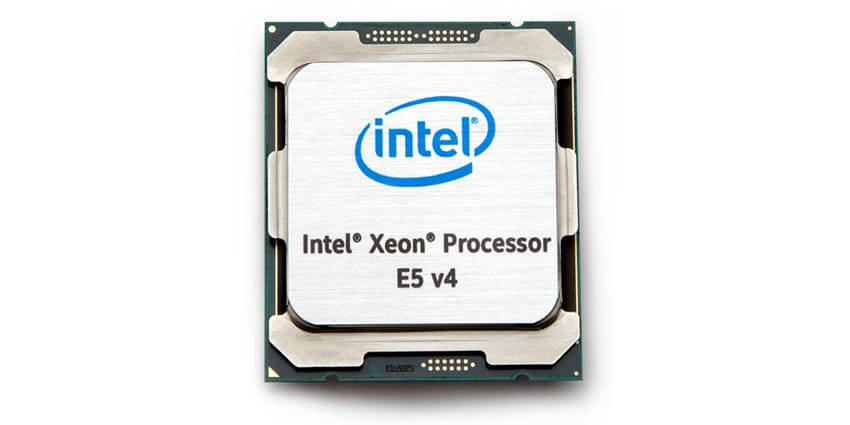I didn’t intend to be the bearer of bad news but covering the recent earnings in the tech industry has hung that title around my neck. Intel is the latest company to release its first quarter earnings that didn’t live up to the expectations, or at least in some cases. The earnings overall weren’t bad, in fact they were pretty good, but it was Intel restructuring announcement that really hit a sour note. Intel plans on cutting 11% of its workforce or 12,000 jobs by 2017. Its stock took a momentary hit before bouncing back.

Looking at earnings, Intel’s revenue was $13.8 billion (down 7% from last quarter but up 8% year-on-year) versus the $13.84 billion expected. Though the guidance for the second quarter is less than expected: Intel is forecasting $13.5 billion and expectations are more like $14.16 billion. Intel’s non-GAAP earnings per share beat expectations coming in at $0.54 versus the $0.49 expected (up 2% year-on-year). Overall year-on-year looked good for Intel even in markets that generally aren’t doing well such as client computing: revenue was up 2% but volumes were down both year-on-year and quarterly. Gross Margin was down 2.1 points from last quarter to 62.7% but up 0.7 points from expectations.
This seems like good news, up until Intel announced their restructuring plan that will result in the layoff of 12,000 employees worldwide. Any time a company up and chops a good chunk of employees out it sends everyone into panic mode. Intel’s CFO, Stacy Smith, is also stepping down (to a different position inside the company). This also sends collective knees to knocking. However, Intel is taking underperforming segments, such as the stagnant PC market, and focus on emerging tech such as the Internet of Things (IoT) and strengthening their mobile business that has lagged behind their competitors. Intel states that the restructuring will save them $750 million this year and annual run rate savings of $1.4 billion by mid-2017.
The new tech bubble may not be ready to burst just yet, but the market as a whole is transforming away from the tried and true. As flash, cloud, Big Data, and IoT become the dominant driving forces companies need to change their operations in order to embrace this change and profit from it.




 Amazon
Amazon